Hola una vez más.
Hi again.
Hi again.
En el siguiente enlace podéis ver nuestros próximos viajes fotográficos y de observación de aves y mamíferos nacionales y al extranjero. Espero que os gusten y os animéis a venir conmigo. Una experiencia que nunca olvidareis.
In the following link you can see our next national and foreign Birds and Mammals photographic and observation trips. I hope you like them and I encourage you to come with me. An experience that you will not forget.
En esta ocasión nos vamos al Caribe.
This time we go to the Caribbean.
El viaje no hubiera sido posible de no ser por la hospitalidad de unos muy buenos amigos que nos acogieron como a verdaderos hermanos en esa maravillosa tierra. Una vez más, muchas gracias en nombre de todos. Estuvimos tres semanas en agosto.
The trip would not have been possible if not for the hospitality of very good friends who welcomed us like true brothers in this wonderful land. Once more time thank you very much on behalf of all. We were there for three weeks in August.
Como a mí no me gusta mucho la playa tuve bastante tiempo para pasear y pajarear por esos bellos parajes en busca de aves que no tengo la oportunidad de ver por España.
As I do not really like the beach I had enough time to walk and birding by these beautiful places in search of Birds that have no chance to see in Spain.
En este viaje estuvimos en La Casa de Campo de La Romana, Jarabacoa, Reserva Científica Ébano Verde y por último la Las Terrenas en Samaná.
On this trip we were at La Casa de Campo in La Romana, Jarabacoa, Ébano Verde Scientific Reserve and finally Las Terrenas in Samaná.
A continuación os muestro algunas de las aves vistas durante estas vacaciones.
Here I show some Birds seen during this vacations.
Al ser verano, había menos especies de aves que en invierno al haber abandonado la isla para llevar a cabo la reproducción en sus zonas más norteñas.
As it was summer, there were fewer species of birds than in winter, having left the island to carry out reproduction in its northernmost areas.
Cabe mencionar la cantidad de especies endémicas que la Isla de La Española y las islas adyacentes poseen. En concreto, de sus 306 especies, 32 lo son y además el número de subespecies endémicas se eleva a 50. No está nada mal.
It is worth mentioning the amount of endemic species that the Island of Hispaniola and the adjacent islands have. Specifically, of its 306 species, 32 they are and also the number of endemic subspecies rises to 50. Not bad at all.
En primer lugar os presento al ave Nacional de La República Dominicana y que es endémica de La Española.
First of all I present to you the National bird of the Dominican Republic and that is endemic to La Espaniola.
Cigua palmera (Dulus dominicus).
Palmchat.
Palmchat.
Algunas veces pueden ser muy belicosas con sus congéneres.
Sometimes they can be very belligerent with each other.
Una foto de Casa de Campo en La Romana.
A photo of Casa de Campo in La Romana.
El río Chavón.
Chavon River.
Playa de la Isla Catalina.
Catalina Island Beach.
En esta ocasión pude ver muchos aratinga de la Española (Psittacara chloropterus). Ave endémica de la Española.
On this occasion I could see many Hispaniolan Parakeet. Endemic Bird of Hispaniola.
Otro de mis preferidos.
Another of my favorites.
Los pequeños y veloces vencejitos palmares (Tachornis phoenicobia).
The small and fast Antillean Palm-Swifts.Aura Gallipavo (Cathartes aura).
Turkey Vulture.
Turkey Vulture.
Joven.
Juvenile.
Hembra de rabihorcado magnífico (Fregata magnificens).
Magnificent Frigatebird female.
Busardo colirrojo (Buteo jamaicensis).
Red-tailed Hawk.
Red-tailed Hawk.
Añapero Querequeté (Chordeiles gundlachii). Nueva especie para mi.
Antillean Nighthawk. New species for me.
Golondrina caribeña (Progne dominicensis). Nueva especie para mi.
Caribbean Martin. New species for me.
Alguno de los lugares que visitamos en Las Terrenas.
Some of the places we visit in Las Terrenas.
Tiñosa boba (Anous stolidus). Nueva especie para mi.
Brown Noddy. New species for me.
Aunque ya las había visto en instalaciones zoológicas, me hizo mucha ilusión verla en la naturaleza. Son muy bonitas.
Although I had already seen them in zoological gardens, I was very excited to see them in the wild. They are very pretty.
Charrán embridado (Onychoprion anaethetus). Nueva especie para mi.
Bridled Tern. New species for me.
Joven.
Juvemile.
Garcita verde (Butorides virescens).
Gree Heron.
Gree Heron.
Joven.
Juvenile.
Garceta tricolor (Egretta tricolor).
Tricolored Heron.
Una bonita orquídea.
A pretty orchid.
Macho de tordo renegrido (Molothrus bonariensis).
Male of Shiny Cowbird.
Los bonitos semillero Tomeguín (Tiaris olivaceus) machos.
The beautiful males of Yellow-faced Grassquit.
Hembra.
Female.
Tirano dominicano (Tyrannus dominicensis).
Gray Kingbird.Cuco lagartero de La Española (Saurothera longirostris). Endémico de La Española.
Hispaniolan Lizard-Cuckoo. Endemic of La Espanola.
Cuatro ojos coroninegro (Phaenicophilus palmarum). Endémico de La Española.
Black-crowned Palm-tanager. Endemic of La Espaniola.
Black-crowned Palm-tanager. Endemic of La Espaniola.
Zorzal patirrojo (Turdus plumbeus).
Red-legged Thrush.
Cernícalo americano (Falco sparverius) macho.
American Kestrel male.
Hembra.
Female.
Garrapatero ani (Crotophaga ani).
Smooth-billed Ani.
Smooth-billed Ani.
Sisonte norteño (Mimus polyglottos).
Northern Mockingbird.
Carpintero de La Española (Melanerpes striatus). Endémico de La Española. Macho. Píleo rojo.
Hispaniolan Woodpecker. Endemic of Hispaniola. Male. Red pileus.
Hembra. Píleo negro
Female. Black pileus.
Joven.
Jevenile.
En la Casa de Campo de La Romana había una colonia reproductora de garcilla bueyera (Bubulcus ibis). Un adulto en plumaje reproductor.
At Casa de Campo of La Romana there was a breeding colony of Cattle Egret. An adult in breeding plumage.
Un pollo.
A chick.
Cigüeñuela cuellinegra (Himantopus mexicanus).
Black-necked Stilt.
Joven.
Juvenile.
La más pequeña de las tórtolas que se pueden ver en la Isla, la columbina común (Columbina passerina).
The smallest of the turtle doves that can be seen on the Island, Common Ground-Dove.
Platanero (Coereba flaveola).
Bananaquit.
Bananaquit.
Zampullín de pico grueso (Podilymbus podiveps).
American Grebe.
Barrancolí picogrueso (Todus subulatus). Una de mis favoritas. Endémico de La Española e Isla Gonâve.
Broad-billed Tody. One of my favorites. Endemic to La Española and Isla Gonâve.
Broad-billed Tody. One of my favorites. Endemic to La Española and Isla Gonâve.
Se nota mi predilección por esta bella ave pues le dediqué mucho tiempo y por eso os subo tantas fotos.
You can see my predilection for this beautiful bird because I dedicated a lot of time to it and that is why I upload so many photos.
Es un ave pequeña que solo mide 11-12 cm. y tiene un peso de 9,8 gr.
It is a small bird that only measures 11-12 cm. and has a weight of 9.8 gr.
Una pareja tenía dos pollos. En la foto le da una lagartija.
A couple had two chicks. In the photo it gives him a lizard.
Una bonita flor de una planta trepadora.
A pretty flower of a climbing plant.
Tejedor africano (Ploceus cucullatus). Ave invasora.
Village Weaver. Invasive Bird.
Village Weaver. Invasive Bird.
Uno de sus nidos.
One of their nests.
Una nutrida colonia.
A large colony.
Una oruga de la polilla gris gigante (Pseudosphinx tetrio).
A caterpillar of the Giant Gray Sphinx.
Eran muy grandes y muy bonitas.
They were very big and very pretty.
Tórtola Rosigrís (Streptopelia roseogrisea).
African Collared-Dove.
Martinete Coronado (Nyctanassa violacea).
Yellow-crowned Night-Heron.
Algunas mariposas.
Some Butterflies.
Mango Dominicano (Anthracothorax dominicus dominicus) macho inmaduro. Endémico de la Española e islas adyacentes.
Antillean Mango male. Endemic to Hispaniola and adjacent islands.
Hembra.
Female.
Garceta nívea (Egretta thula).
Snowy Egret.
Hay algunas pintadas comunes (Numida meleagris) que se han introducido en la Isla.
There are some Helmeted Guineafowl that have introduce in the Island.
Algunas fotos de la visita que hicimos a la Reserva Biológica de Ébano Verde para ver al trogón dominicano y otras aves.
Some photos of the visit we made to the Ebano Verde Biological Reserve to see the Dominican Trogon and other Birds.
El árbol de ébano verde (Magnolia pallescens) que da nombre a La Reserva.
Pale Magnolia that gives its name to the Reserve.
Chingolo Común (Zonotrichia capensis).
Rufous-collared Sparrow.
Jilguero antillano (Spinus dominicensis). Endémico de La Española y es tambien una nueva especie para mi.
Antillean Siskin, Endemic to Hispaniola and is also a new species for me.
Amazona de la Española (Amazona ventralis). Especie endémica de la Española.
Hispaniolan Parrot. Endemic species of Hispaniola.
Trogón de la Española (Priotelus roseigaster) macho. Me izo mucha ilusión ver a esta nueva especie para mi pues era la segunda vez que iba a la Reserva Biológica Ébano Verde para verle y en la primera ocasión no pude ver ninguno. Es endémica de la Española y el ave nacional de Haití.
Hispaniolan Trogon male. I was very excited to see this new species for me because it was the second time that I went to the Ébano Verde Biological Reserve to see him and the first time I could not see any. It is endemic to Hispaniola and the national bird of Haiti.
Barrancolí picofino (Todus angustirostris). Especie endémica.
Narrow-billed Tody. Endemic species.
Es muy parecido al Barrancolí picogrueso (Todus subulatus) pero el picofino se encuentra en alturas superiores a 700 metros en bosques húmedos. La parte inferior del pico es negra en lugar de naranja y el color del ojo es más gris claro. Endémico de la Española.
It is very similar to the Broad-billed Tody but Narrow-billed is found at altitudes above 700 meters in humid forests. The lower part of the bill is black instead of orange and the color of the eye is lighter gray. Endemic to Hispaniola.
Otra belleza más.
Yet another beauty.
Solitario gorgirrufo (Myadestes genibarbis). Nueva especie para mi. Me sorprendió el maravilloso canto de esta ave.
Rufous-throated Solitaire. New species for me. I was surprised by the wonderful song of this Bird.
Pibí de La Española (Contopus hispaniolensis). Otra nueva especie para mi.
Hispaniolan Pewee. Another new species for me.
Hay mucha gente que adorna sus jardines con orquídeas cultivadas.
There are many people who decorate their gardens with cultivated Orchids.
Esta lagartija llamó mi atención.
This lizard caught my eye.
Colibrí zumbadorcito (Mellisuga minima) de tan solo 6 cm. y 2,4 gr. es la segunda ave más pequeña del mundo.
Vervain Hummingbird of only 6 cm. and 2.4 gr. is the second smallest bird in the world.
Semillero bicolor (Melanospiza bicolor). Una nueva especie para mi.
Black-faced Grassquit. A new species for me.
En Jarabacoa estuvimos en casa de uno de nuestros amigos. Un lugar muy bonito en el interior de la República Dominicana.
In Jarabacoa we were at the house of one of our friends. A very nice place in the interior of the Dominican Republic.
Y visitamos el Saldo del Baiguate.
And we visit the Baiguate Waterfall.
También acudimos a una demostración de los caballos de paso fino que nuestros amigos tienen en su finca. Es impresionante como trabajan esos animales en la arena.
We also went to a demonstration of the paso fino horses that our friends have on their ranch. It's amazing how those animals work in the arena.
Charrán real (Sterna maxima).
Royal Tern.Un bonito nenufar.
A nice Water Lily.
Gallinetas común (Gallinula chloropus).
Common Moorhen.
Turpial de la Española (Icterus dominicensis). Endémico de La Española e islas adyacentes.
Hispaniolan Oriole. Endemic to Hispaniola and adjacent Islands.
Joven.
Juvenile.
Andarríos maculado (Actitis macularius).
Spotted Sandpiper.
Spotted Sandpiper.
Correlimos menudillo (Calidris minutilla). Una nueva especie para mi. Es el ave playera de menor tamaño.
Least Sandpiper. A new species for me. It is the smallest Shorebird.
Zenaida Huilota (Zenaida macroura).
Mourning Dove.
Mourning Dove.
Un cangrejo azul terrestre (Cardisoma guanhumi).
A Blue Crab.
Inmaduro de garceta rojiza (Egretta rufescens).
Reddish Egret immature.
Charrán patinegro (Sterna sandvicensis).
Sandwich tern.Charrán rosado (Sterna dougallii).
Roseate Tern.
Pelícano pardo (Pelecanus occidentalis). Adulto en plumaje reproductor.
Brown Pelican. Adult in breeder plumage.
Brown Pelican. Adult in breeder plumage.
Joven.
Juvenile.
Chorlitejo culirrojo (Charadrius vociferus).
Killdeer.
Tórtola de alas blancas (Zenaida asiatica).
White-winged Dove.
Joven.
Juvenile.
Durante nuestra estancia hubo tres avisos de tormenta tropical pero gracias a Dios no fueron todo lo fuertes que pronosticaron y solo en la tercera llovió insistentemente durante la tarde.
During our stay there were three tropical storm warnings, but thank God they were not as strong as they were predicted and only in the third did it rain insistently during the afternoon.
Y con estas imágenes de una Inmaduro morfo blanco de garceta rojiza (Egretta rufescens) me despido de todos vosotros hasta el siguiente blog.
And with these photos of a white morpho Reddish Egret immature I say goodbye to all of you until the next post.
Si queréis suscribiros a este blog de los viajes que hacemos pincha en el siguiente enlace: Suscribirse y haz clic en ¿Quieres suscribirte a nuestro blog?
If you want to subscribe to this post about the trips we do, click on the following link: Susbcribe and click on: Do you want to subscribe to our blog?
Espero que os haya gustado y hasta pronto.
I hope you like it and see you soon.








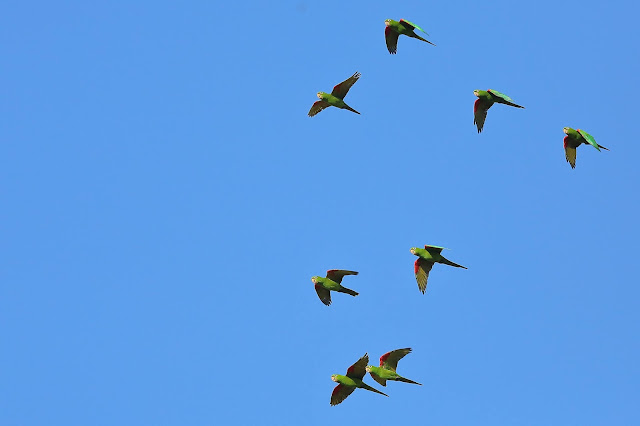

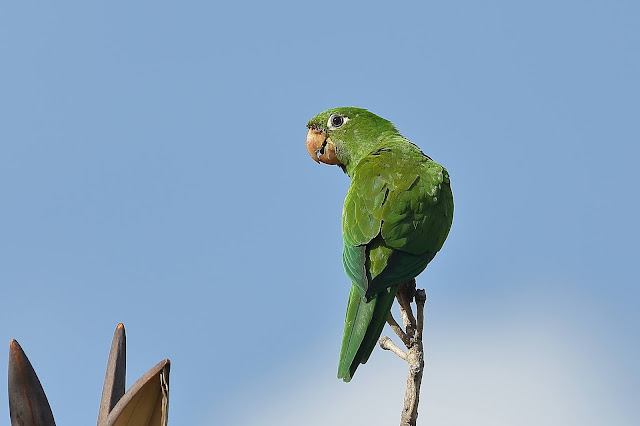


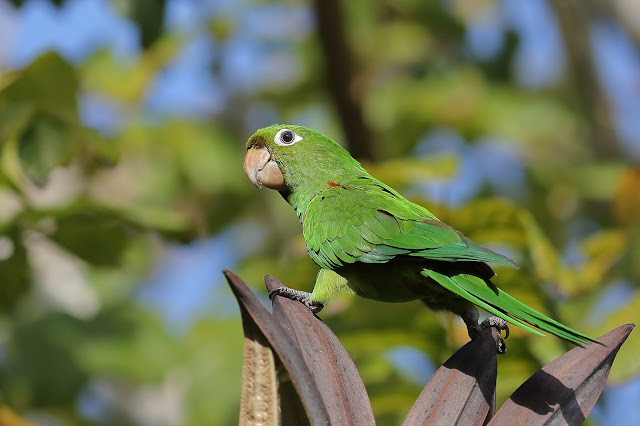







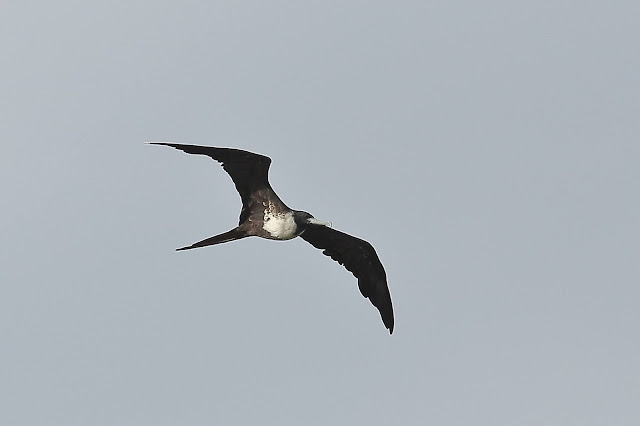





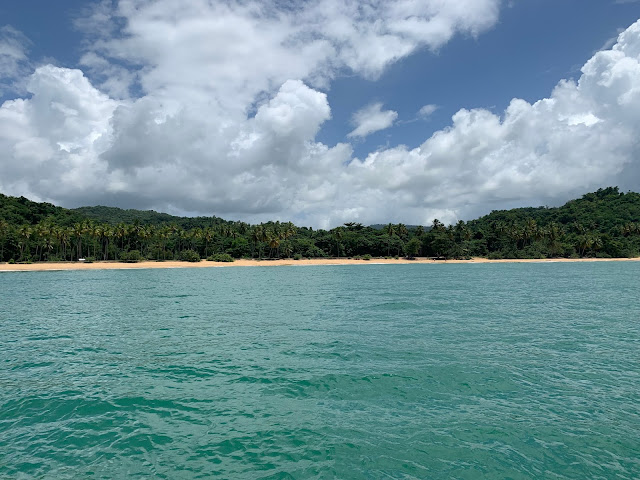
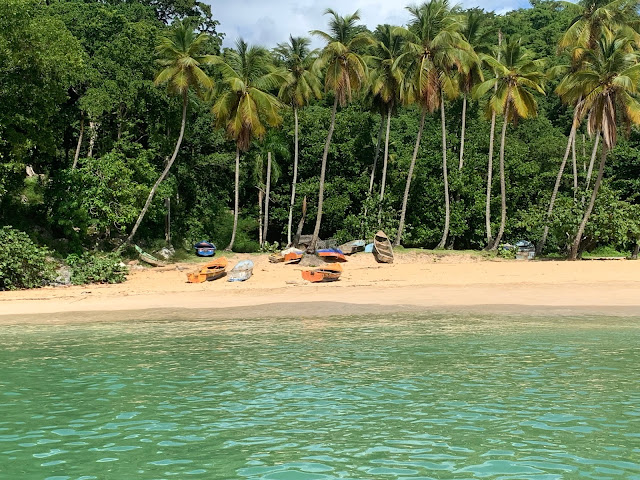
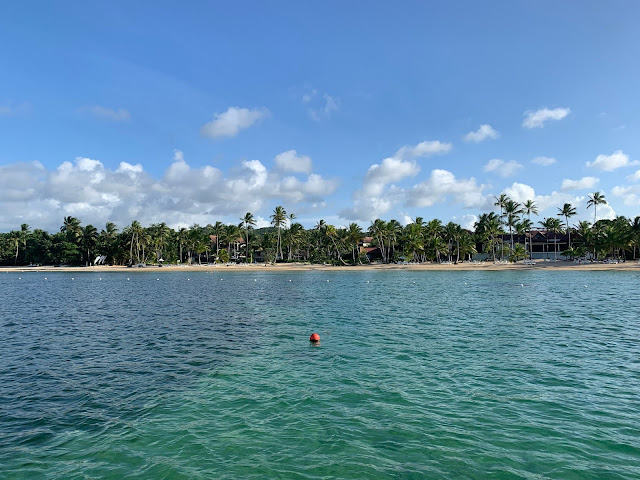


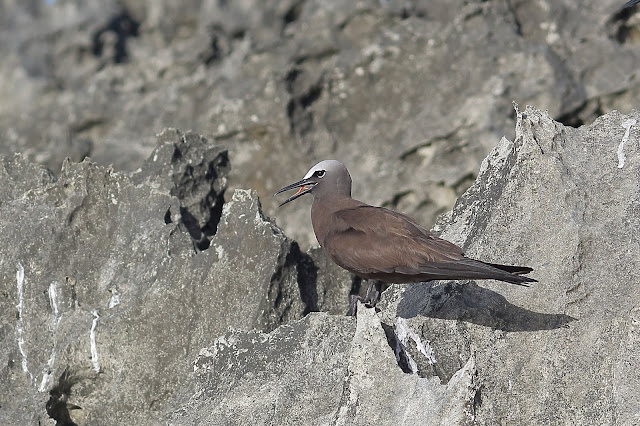























































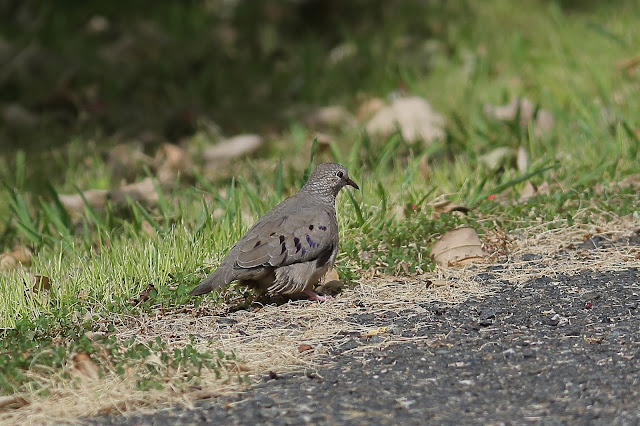




































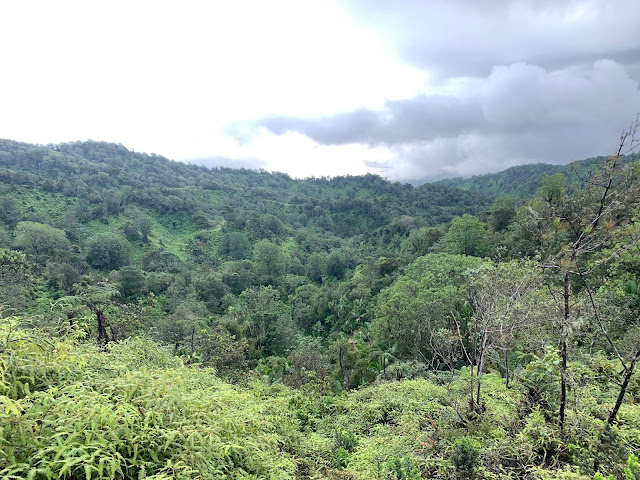

































































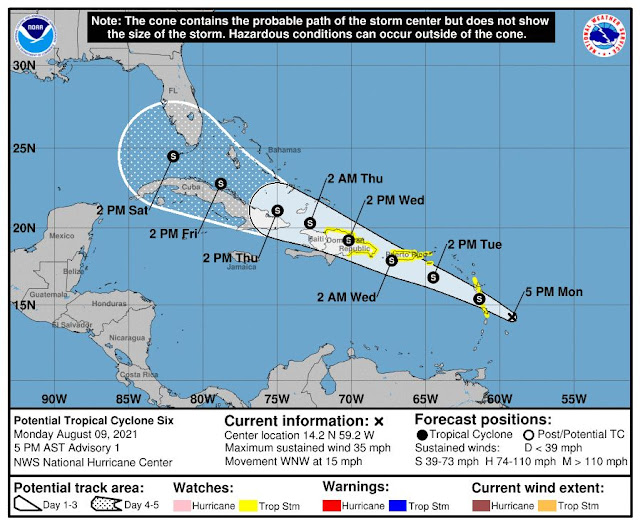

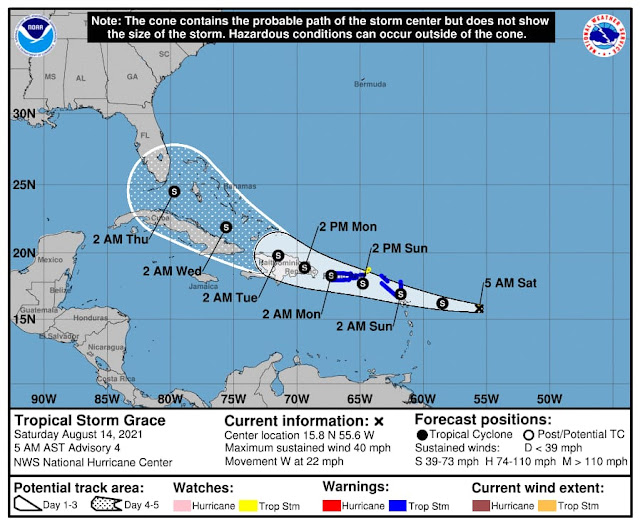



Nice pictures and nice birds ... todi is fantastic.
ResponderEliminarAs you know, I was in the Galapagos but I'm only beginning to sort out my pictures. Friendly, Noëlle
Many thnaks Noëlle.
EliminarI'm glad you like them.
I imagine that back from Galapagos you will have many photos to process. All the best
Luis
Qué variedad de especies y que bonitos tonos. Preciosos lugares. Gracias por las imágenes Luis.
ResponderEliminarUn cordial saludo.
Alejandro Laguna
Muchas gracias a ti, Alejandro.
EliminarMe alegra que te haya gustado.
Saludos,
Luis